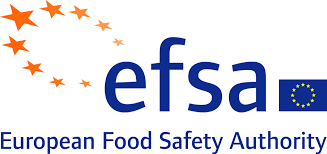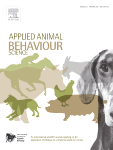Document type: scientific opinion published in the EFSA Journal
Authors: EFSA Panel on Animal Health and Welfare (AHAW): Søren Saxmose Nielsen, Julio Alvarez, Dominique Joseph Bicout, Paolo Calistri, Elisabetta Canali, Julian Ashley Drewe, Bruno Garin-Bastuji, Jose Luis Gonzales Rojas, Christian Gortázar Schmidt, Mette Herskin, Virginie Michel, Miguel Ángel Miranda Chueca, Barbara Padalino, Paolo Pasquali, Helen Clare Roberts, Hans Spoolder, Karl Stahl, Antonio Velarde, Arvo Viltrop, Christoph Winckler
Preview: This opinion, produced upon a request from the European Commission, focuses on transport of domestic birds and rabbits in containers (e.g. any crate, box, receptacle or other rigid structure used for the transport of animals, but not the means of transport itself). It describes and assesses current transport practices in the EU, based on data from literature, Member States and expert opinion. The species and categories of domestic birds assessed were mainly chickens for meat (broilers), end-of-lay hens and day-old chicks. They included to a lesser extent pullets, turkeys, ducks, geese, quails and game birds, due to limited scientific evidence. The opinion focuses on road transport to slaughterhouses or to production sites. For day-old chicks, air transport is also addressed. The relevant stages of transport considered are preparation, loading, journey, arrival and uncrating. Welfare consequences associated with current transport practices were identified for each stage. For loading and uncrating, the highly relevant welfare consequences identified are handling stress, injuries, restriction of movement and sensory overstimulation. For the journey and arrival, injuries, restriction of movement, sensory overstimulation, motion stress, heat stress, cold stress, prolonged hunger and prolonged thirst are identified as highly relevant. For each welfare consequence, animal-based measures (ABMs) and hazards were identified and assessed, and both preventive and corrective or mitigative measures proposed. Recommendations on quantitative criteria to prevent or mitigate welfare consequences are provided for microclimatic conditions, space allowances and journey times for all categories of animals, where scientific evidence and expert opinion support such outcomes.






